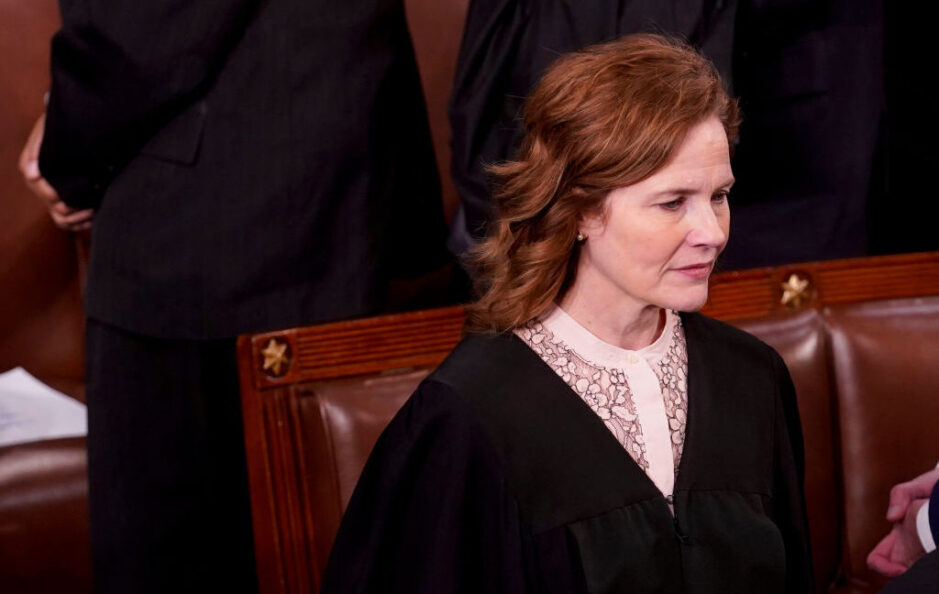Supreme Court’s Controversial Ruling: Impacts on Scientific Funding
In a significant ruling that has sparked debate among legal experts and scientists alike, the U.S. Supreme Court addressed a case involving federal grant terminations. The decision, which involved a narrowly interpreted jurisdictional question, has vital implications for ongoing scientific research and public health.
Key Points of the Dissenting Opinion
The primary dissent was penned by Chief Justice John Roberts and was notably concise—spanning just one paragraph. In essence, he stated, "If the District Court had jurisdiction to vacate the directives, it also had jurisdiction to vacate the ‘Resulting Grant Terminations.’" This seemingly straightforward assertion belies the complexity of the issues at hand.
However, Justice Ketanji Brown Jackson’s dissent painted a far more intricate picture. She emphasized that the implications of the Court’s decision extend beyond legal abstractions, directly affecting crucial research and public health initiatives. Jackson argued that existing law restricts plaintiffs from suing in the Court of Federal Claims while concurrent court cases remain unresolved, which complicates efforts to restore funding for critical scientific projects.
Consequences for Scientific Research
The consequences of the ruling could be dire. Jackson articulated that the lengthy process of litigation could leave scientists without funding for extended periods, which may result in the abandonment of vital studies. She highlighted several alarming potential outcomes:
"Yearslong studies will lose validity. Animal subjects will be euthanized. Life-saving medication trials will be abandoned. Countless researchers will lose their jobs. And community health clinics will close."
These statements underscore the real-world impacts that legal decisions can have on scientific innovation and public health.
Government’s Financial Concerns vs. Public Welfare
A central point of contention in Jackson’s dissent was the government’s argument regarding the financial implications of continuing grants. She noted that while the government expressed concern over "incremental expenditure," the stakes for the plaintiffs and the public were far higher. “For the plaintiffs and the public, scientific progress itself hangs in the balance along with the lives that progress saves,” she remarked. This juxtaposition raises important questions about the priorities of governmental funding versus the urgent needs of scientific research.
Future Legal Landscape and Challenges
The current decision leaves open several questions regarding the future of government grants in the scientific community. Jackson indicated that, although a District Court ruling had deemed the government’s directives "arbitrary and capricious," the path to restoring funding remains unclear and fraught with delays. Should the policy be reinstated, it is unlikely that researchers will focus on proposals related to the now-disfavored subjects, given the looming uncertainty.
Despite the potential for a more favorable legal ruling down the line, Jackson pointed out that restoring funding would likely take years and could result in significant disruptions for the labs and researchers that relied on these grants. Many scientists may already be moving forward with new projects, leaving critical questions about continuity and progress in their wake.
Significance of the Ruling
This Supreme Court decision not only highlights the complexities of legal jurisdiction but also reveals the precarious intersection of law, science, and public health. As scientists navigate the repercussions of lost funding and delayed research, the ruling raises crucial questions about governmental accountability in facilitating scientific progress.
Moreover, the dissent from Justices Jackson and Roberts illustrates the deeply divergent views within the Court regarding the treatment of federal policy and scientific inquiry. As this ruling unfolds, its impact may resonate through the scientific community for years, complicating future research endeavors and potentially delaying innovations that hinge on federal support.
Ultimately, this case serves as a reminder of the importance of judicial decisions in shaping not just legal landscapes but also the very fabric of scientific advancement and public welfare. The stakes are high, as the ruling could affect not only the current state of scientific research but also the broader narrative of how public health priorities are determined and funded in the United States.









